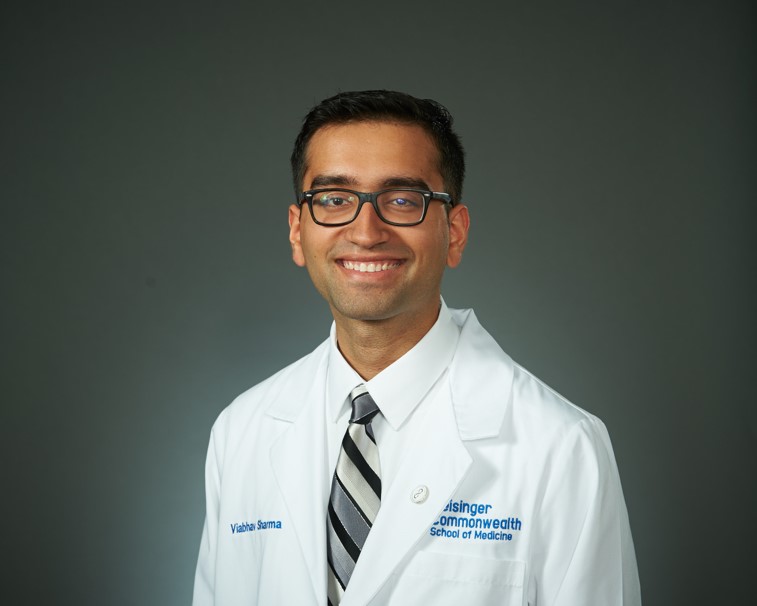
Science:
A miniscule piece of single-stranded RNA virus has caused over 22 million cases and 776,000 deaths worldwide and is estimated to cost about 10% of the world’s total economic output ($8.8 trillion). The United States remains the most affected country alone with over 5 million confirmed cases. As millions remain jobless and no end in sight, we are all left to ask “What is the coronavirus and why is it so different?” The key aspect of the coronavirus (which is similar to other pandemics) is its novelty and easy human-to-human transfer. Being considered a “novel” virus refers to the fact of its original transfer from animal to humans who have never been in contact with this type of virus. As a result, our bodies have not developed immunity to this particular strain of virus and this allows for the rapid world-wide distribution of the infection that we are currently experiencing. Further, the ease of transmissibility of the coronavirus via the respiratory route (meaning that the virus can remain in mucous membranes of the nose and the mouth and can spread via droplets) from person-to-person further propagates the problem. Even simply talking in close distance can spread the virus. Additionally, the virus is enveloped (“corona meaning “crown” or “wreath” in Greek), which allows the virus to be adherent to surfaces for a couple of hours even after the original host has left.
Personal Impact:
I saw firsthand the extent of the medical problems this virus can cause as my mother, who works in an in-patient nursing unit, became positive for COVID-19. 10 weeks ago, she woke up feeling fatigued in the morning which she attributed to inadequate sleep. Approximately 3 hours into her shift, she was feeling unwell and feverish. Fortunately, she was able to get same-day testing at an urgent care and was told to quarantine for the next 2 weeks with over-the-counter medication of Advil, Tylenol, or Aspirin. After 4 days of stable symptoms and vitals, things took a turn for the worse as she started to experience severe headaches, increased fever, nausea, and vertigo, and weakness which prompted us to visit the emergency room. A week later, respiratory symptoms became much worse as she started experiencing sharp intermittent chest pain, productive cough, and her oxygen levels were 89% (normal is 99%). These symptoms occurred multiple times in the next couple weeks and led to more emergency room visits. Ultimately, she ended up developing pneumonia. From the initial onset to resolving of most, but not all of her symptoms, took a total time of 6 weeks. Her age, health care occupation, and underlying Type II diabetes played a role in the complicated and long course of her recovery and is still not 100%.
Further complicating our problem was the fact that we did not have immediate confirmation COVID test. Further, our health care services refused to test other family members and did not recommend us being guaranteed until we showed symptoms, even though we had been in contact with my mom. However, we still self-guaranteed and got tested from MedExpress. It is important to remember that COVID does have an asymptomatic infectious period and it was important to us that we do not spread it to other people.
Unfortunately, I have had other relatives who have also been positive for COVID and have not been as lucky as my mother. They have passed away. As a result of these personal experiences and my status as a medical student, I took the opportunity to research this problem in greater detail which has enlightened me about the proper management of this disease. I would like to share this information and recommend the following to the general public if you need to quarantine an exposed family member returning from college, travel or work:
Prevent Transmission
10.) Prevention – without a doubt, the single best treatment for COVID-19 is PREVENTION! Wear a mask, wash your hands, and maintain at least 6 feet distance!
It is important to know that frontline workers who are placing themselves at risk in this pandemic such as nurses, physicians, and health care workers such as my mom are the backbone of our health systems. Keeping yourself healthy, keeps them healthy too!
Visit your doctor regularly and listen to your body.
Keep moving, eat healthy foods, exercise regularly, and live long and well!

Vaibhav Sharma, MD3 is currently a third-year medical student at Geisinger Commonwealth School of Medicine. He completed his undergraduate studies at the University of Pittsburgh in the field of Neuroscience."
NEXT MONDAY – Read Dr. Paul J. Mackarey “Health & Exercise Forum!”
Read all of Dr. Mackarey's articles at our website: https://mackareyphysicaltherapy.com/forum/
This article is not intended as a substitute for medical treatment. If you have questions related to your medical condition, please contact your family physician. For further inquires related to this topic email: drpmackarey@msn.com
Paul J. Mackarey PT, DHSc, OCS is a Doctor in Health Sciences specializing in orthopaedic and sports physical therapy. Dr. Mackarey is in private practice and is an associate professor of clinical medicine at GCSOM.